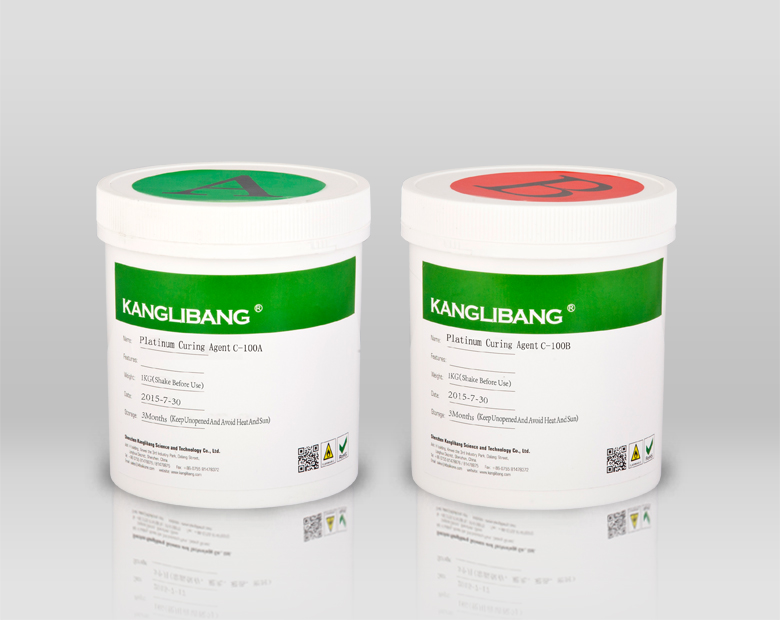What are the factors affecting the bonding strength of silicone glue?
06 Sep 2019
Silicone glue is commonly used to bond silicone rubber and metal plastic materials, with the application of silicone products more and more widely, the following off with everyone to understand the impact of silicone glue bonding strength what are the factors?The chemical factors include the polarity, molecular weight, molecular shape, molecular weight distribution, molecular crystallinity, molecular stability to the environment, and PH value of other component properties of silica gel glue and adhesive.
1. Polarity of silicone glue
Generally speaking, the polarity of adhesive and adhesive molecules affects the bonding strength, but it is not the same as the increase of the polarity of these molecules will improve the bonding strength.In order to improve the bonding strength, it is better to change the polarity of the interface area surface than to change the polarity of all the molecules of the adhesive and the adhesive.Therefore, the use of silicone primer can significantly improve the adhesion of silicone rubber surface treatment.
The molecular weight of 2.
Molecular weight (or degree of polymerization) of organosilicone material polymer directly affects the interaction force between polymer molecules, and the degree of intermolecular interaction force determines the melting point and boiling point of the material, and for the polymer, the glass transition temperature Tg and the melting point Tm.Therefore, the molecular weight of polymer, whether as an adhesive or as an adhesive, affects the bonding strength.
In general, the relationship between molecular weight and bonding strength is limited to the case of non-branched polymers, including two types.In the first type, cohesive failure of adhesive occurs in the whole range of molecular weight. At this time, the bonding strength increases with the increase of molecular weight, but remains unchanged when the molecular weight reaches a certain value.In the second type, the destruction parts are different due to different molecular weights.At this time, cohesive failure occurs in the range of small molecular weight, and the bonding strength increases with the increase of molecular weight.When the molecular weight reaches a certain value, the cohesive force of the adhesive is equal to the adhesive force, then the mixing failure occurs.When the molecular weight increases further, the cohesive force exceeds the adhesion force, and the infiltration is not good, the interface failure occurs.Results the maximum bonding strength was obtained when the adhesive was a certain molecular weight.
3. The side chain
The side groups on long chain molecules are important factors determining the properties of polymers. From the perspective of intermolecular forces, the influence of branched chains of polymers is that when the branched chains are small, the length of branched chains is increased and the intermolecular forces are reduced.When the branched chain reaches a certain length, it begins to crystallize, increases the length of branched chain, and improves the intermolecular force, which should be the reason for reducing or improving the bonding strength.
4. PH value of glue and adhesive
For some silicone adhesives, its PH value and adhesive application period, has a close relationship, affecting the bonding strength and bonding life.Generally strong acid, strong alkali, especially when acid and alkali have a great impact on bonding materials, that is, silicone glue often said the corrosion effect.Its adhesion is often harmful, especially porous wood, paper and other fiber materials are more easily affected.
5. Silica gel cross-linking agent

The cohesive strength of silicone rubber increases with the increase of cross-linking density, while when the cross-linking density is too high, the polymer becomes hard and brittle, thus reducing the impact strength of the polymer.The strength of cross-linked polymers is closely related to the number of cross-linked points and the length of cross-linked molecules. With the increase of the number of cross-linked points, the shortening of cross-linked spacing and the shortening of the length of cross-linked molecules, the cross-linked polymers will become hard and brittle.
6. Organic solvent and silicone plasticizer
Of course, the adhesive strength of organic solvent to silicone glue depends on the amount of residual solvent in the rubber layer.Solvent amount, although good infiltration, but because of adhesive cohesion, and cohesion strength reduced.When the affinity between adhesive polymers is large, the bonding strength increases with the volatilization of solvent.When there is no affinity between the two, some residual solvent adhesive adhesion is greater, with the solvent volatilization, the strength decreases.
Silicone viscosifier and solvent similar role, sometimes even in the case of not sticking, adding the appropriate plasticizer can stick.When it is, plasticizer will also be over time or volatilize, or seep into the surface, the plasticizer reduced while the bond strength continues to decline.On the contrary, the plasticizer inside be stuck sometimes also can ooze move into adhesive layer, make adhesive bate and lose cohesive and cohesive bonding strength.Or plasticizer gathers at the interface to separate the bonding interface.
KANGLIBANG is to creat solution for your problem with bonding silicone, welcome customer inquiry to us.






